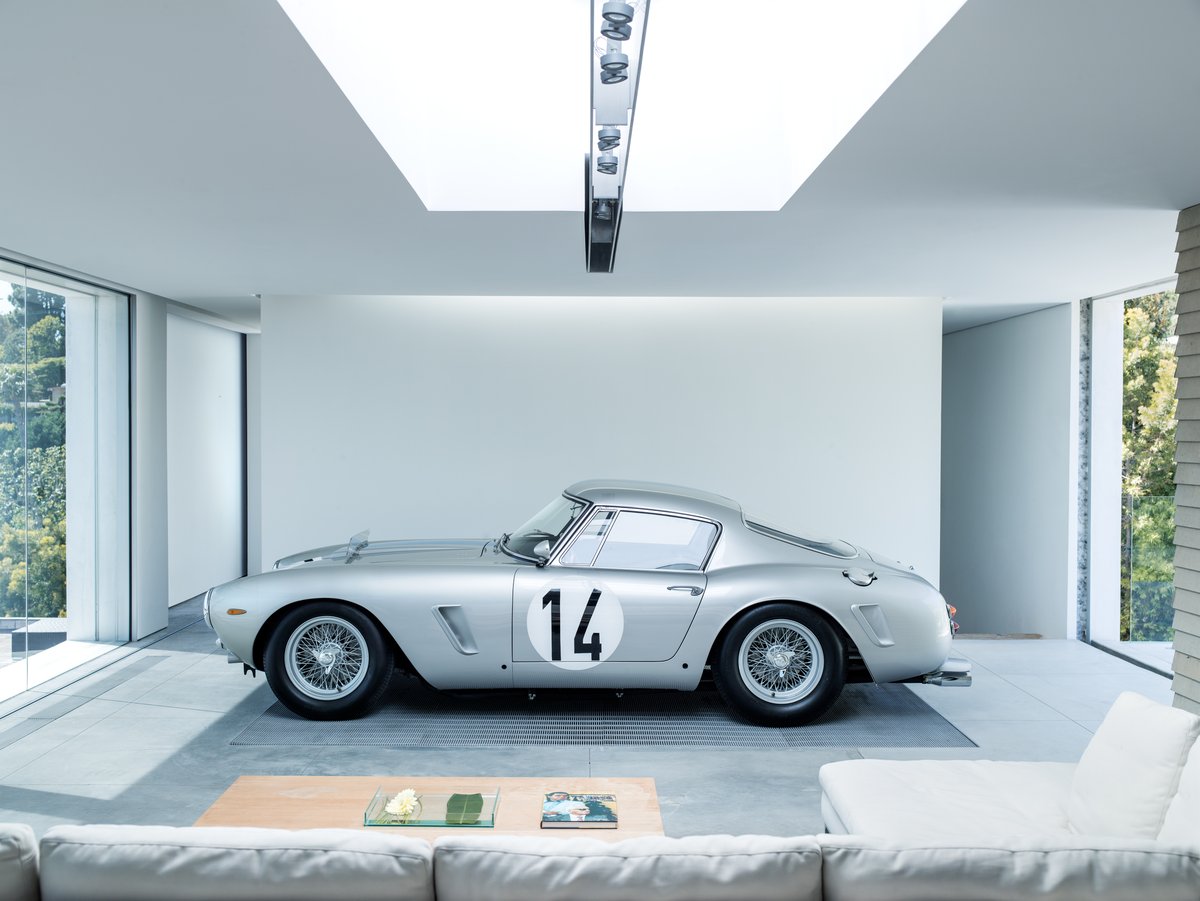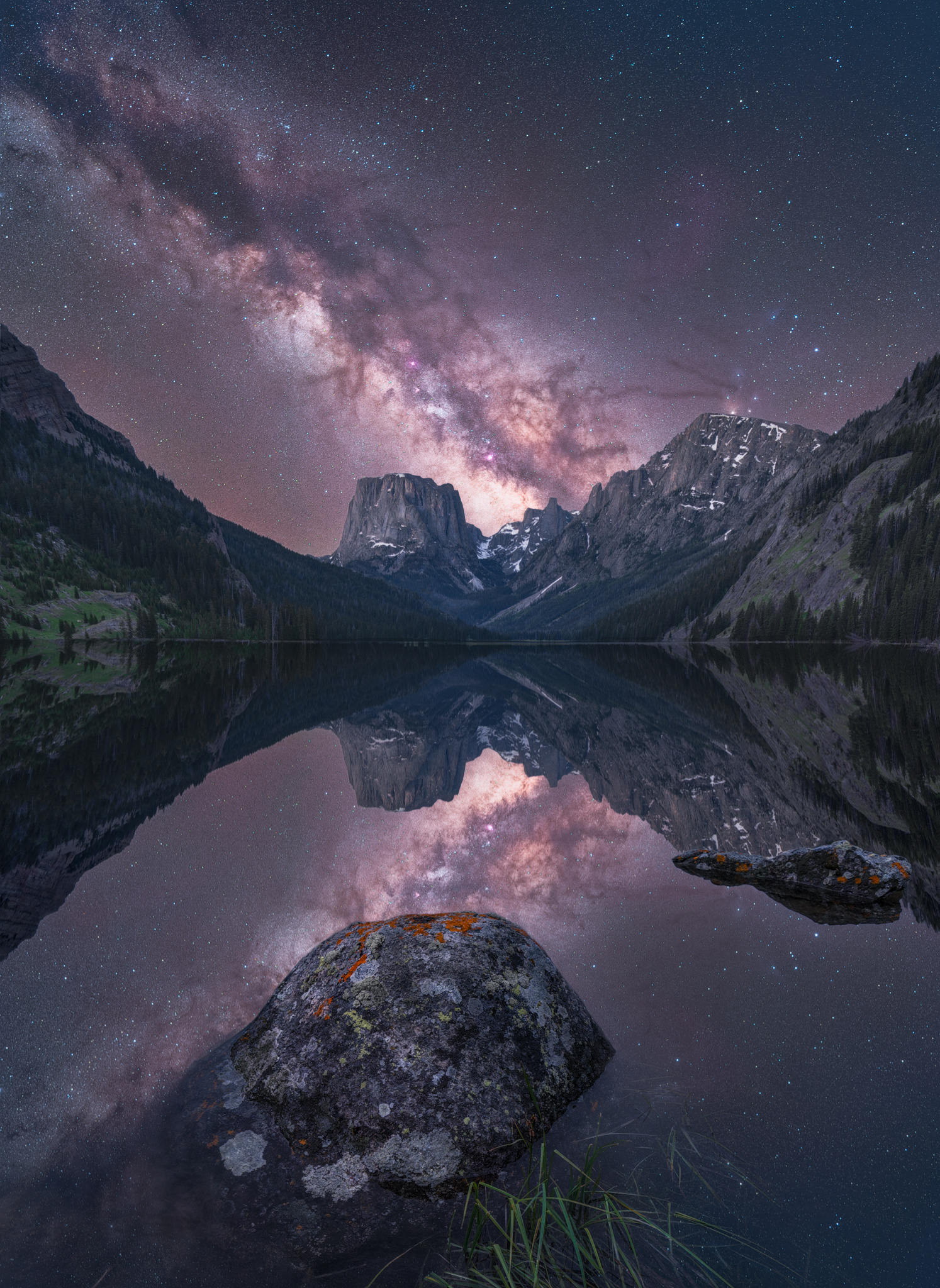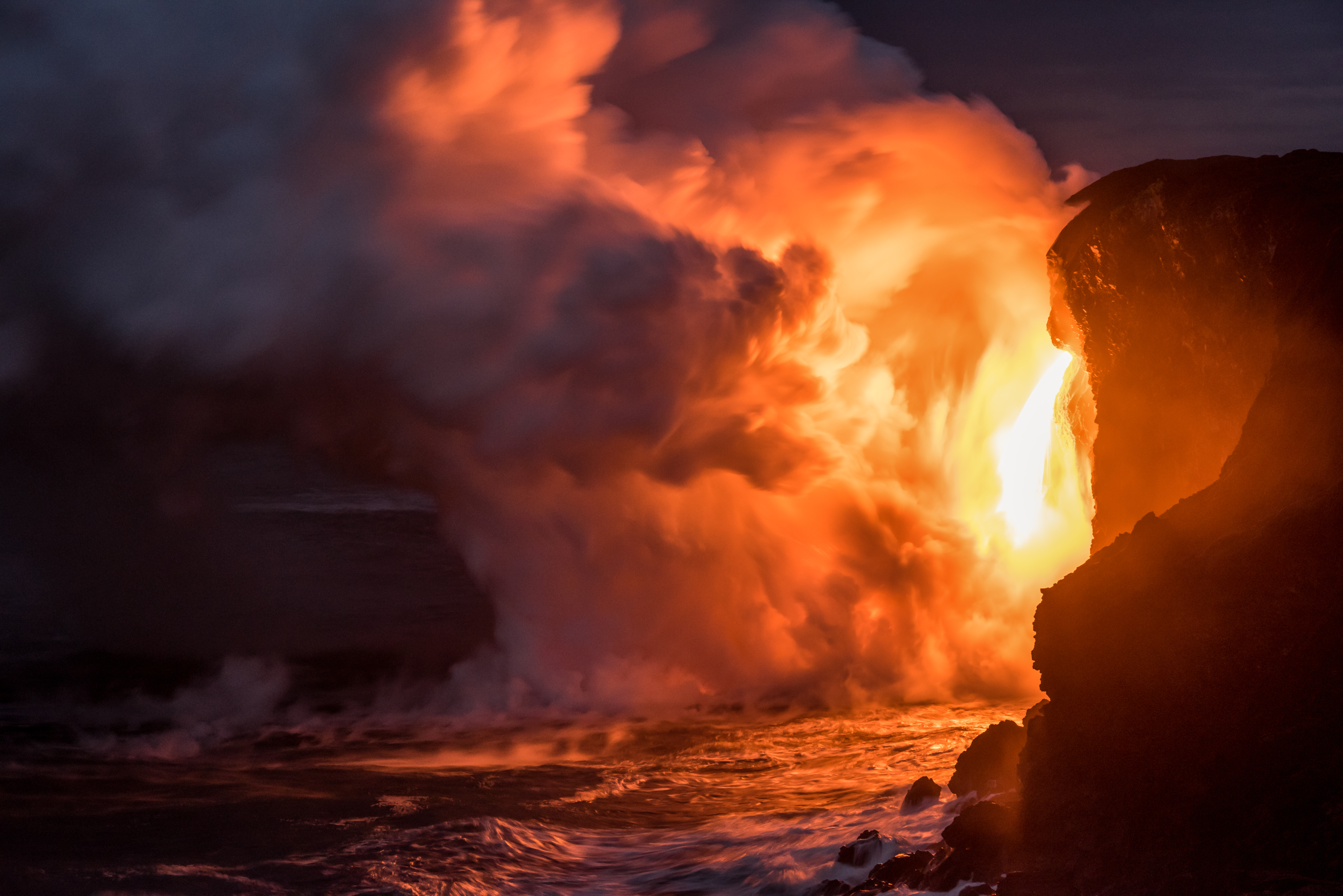myRRSstory: Richard Thompson
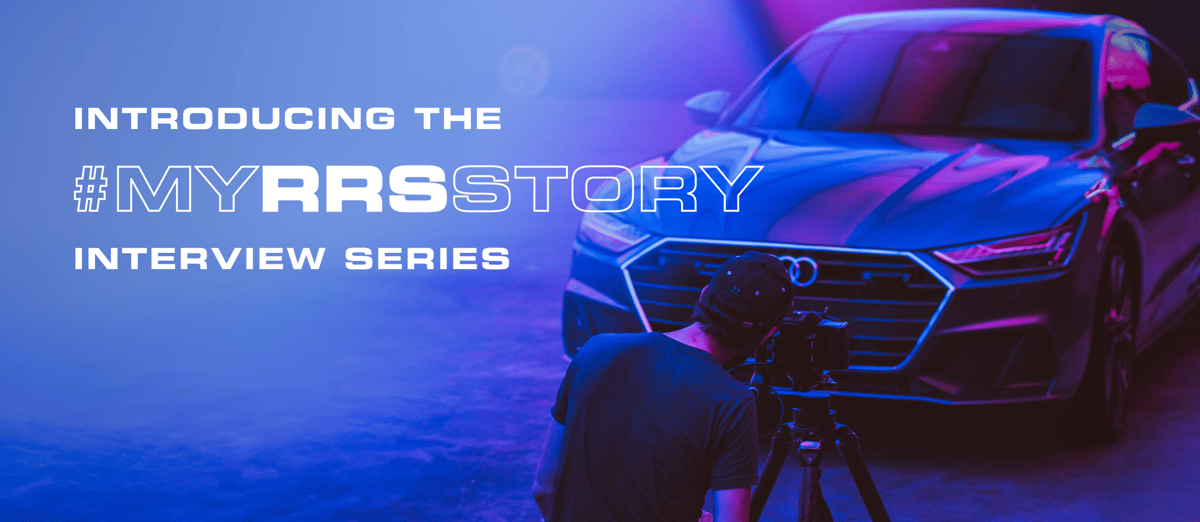
Growing up with a mom who was an art teacher AND an autocross racer, it’s clear where Richard Thompson got his love for cars and a unique creative style. But everything Richard has accomplished is a testament to the hard work and dedication he’s put into his craft for the last 10 years. As a creative producer and automotive photographer based in Los Angeles, Richard has worked around the globe for some of the largest car manufacturers in the world, photographing some of the most extensive private car collections, and building advertising campaigns that combine film, photography, and visual effects. His creative use of light and visual effects results in imagery that is powerful, ethereal and takes you into another world.
As an early ambassador with RRS, Richard has been using RRS gear for the past 10 years. As he elevated his skills as a creative, he also continued to grow his collection of gear. We caught up with Richard to ask him questions about his creative process, some of the challenges of working with automotive, and his gear preferences.
Can you tell us a little bit about your upbringing and how you got interested in photography and cars in the first place? Do you have an early memorable or inspiring moments that made you want to pursue photography as a career?
I started shooting on my dad’s 35mm film camera when I was pretty young. He was an outdoorsman and rock climber. We would hike or go climbing and he’d let me shoot sometimes. He’d do slide shows of his own work and let me advance the carousel on the projector as he spoke to his audience. I think being involved in that whole process got me hooked early on not just the idea of the camera but also storytelling. I had some other family members that worked at retail camera stores in the 80s and 90s (Ritz) and helped get me set up with my first entry level Nikon when I was around 12 years old.
Cars also started early, my parents took me to the Indy500 and F1 during its short time at Indianapolis Motor Speedway. They put me through some open-wheel training programs like Skip Barber and help me find my own abilities in the car. It was all race cars for me until I was driving age…then, as you might imagine, sports cars suddenly started making a little more sense :-)
I don’t think there was ever a memorable or watershed moment for me where I realized I wanted to be a photographer. It’s just always been a sort of step by step natural extension of my curiosity about cars growing up, and about cameras, and fusing the two by simply putting one foot in front of the next. If I wanted to see or experience some part of cars that I couldn’t ordinarily get access to, I could get that through the camera.
What’s your creative process when you approach a new project? How do your camera setup and equipment play into your preparations?
That’s really dependent on the scope of the project. At this point in my experience as a photographer, if I’m shooting for myself it is usually to develop or refine a new technique or idea, and in that case I try to keep it as lightweight and straightforward as possible so as not to overburden myself. It helps me keep things “pure” and avoid unnecessary problems. This goes all the way from the concept down to the gear used to execute. Less complexity means things are simpler to think through and I’m less likely to bog myself down in needless thoughts or shooting processes (which I have learned the hard way). Things that fall into this category for me are my light painting techniques, my multispectral photography projects (Infrared & Ultraviolet) and other techniques I’ve explored, occasionally with enough success that I can bring them into commercial projects.
For commercial projects the creative process usually revolves around developing a good rapport with the client & agency side creatives then using my own technique / creative style to riff off of their existing ideas. Once that’s been sufficiently developed and everyone is in agreement we move on to production at which point the gear side of things becomes absolutely critical. There are a host of pre-production considerations that arise when shooting cars so I typically have a huddle with my producer & location scout as well as any other department heads as soon as the job is approved weeks or in some cases months in advance of the project. With a lot of car projects there will be road closures and the use of specialty equipment like car rigs, camera vehicles, helicopters etc which have to be booked far in advance.
In the days immediately before the shoot I’ll follow the camera prep methodology I learned working in the camera department on films – which I think is valid and relevant whether you’re shooting stills or video, and is most simply described as triple checking your tools, cleaning and charging it all, and ensuring its smooth operation far enough ahead of time that you can solve any problems you happen upon before the shoot. There are frequently rental items I don’t personally own, so I have to make sure that those are all playing nicely with my kit. If there’s a VFX component to the shoot that may also include lens calibration like shooting distortion charts or finding and setting the entry oculus of a lens on my RRS PG-02 to shoot spherical HDRI imagery or parallax-free panoramic backplates.
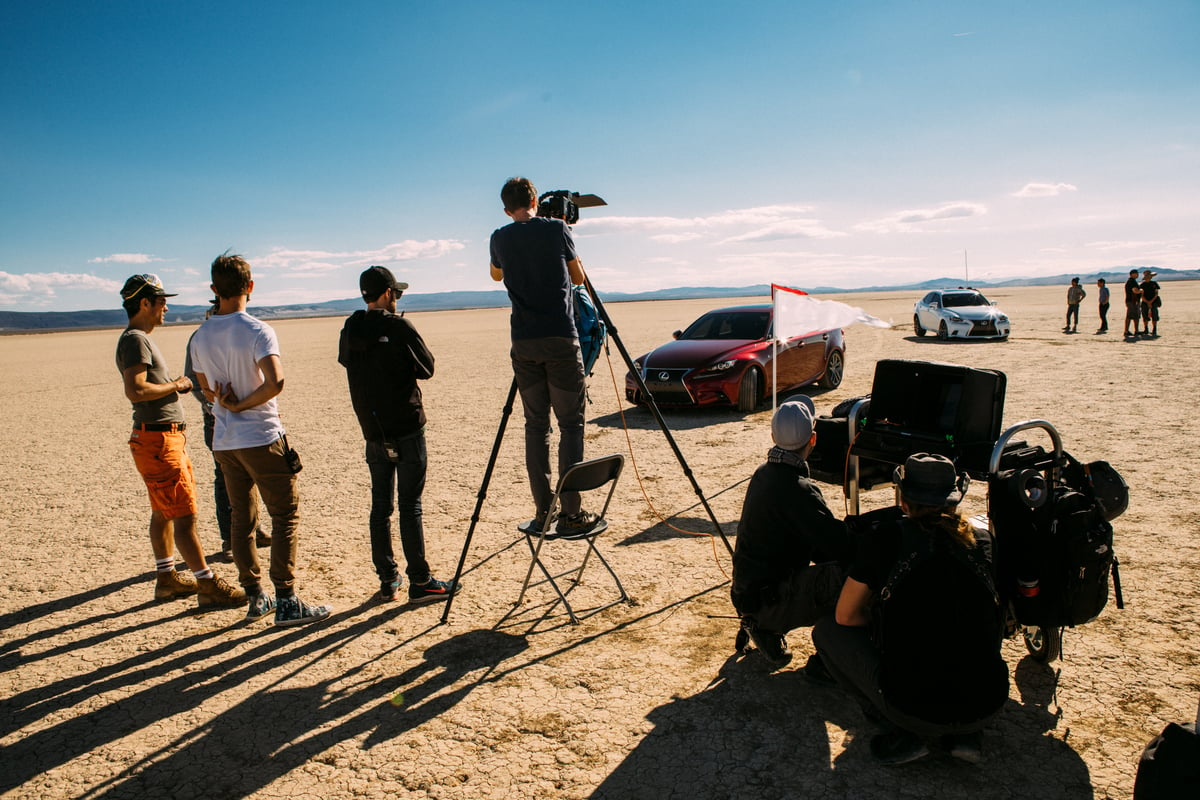
What’s one of your favorite projects you’ve gotten to work on or produce? What made it so memorable or special?
Although my core focus is cars I spent a long time making the location/travel component of my work a priority so I could visit places I’d never been. In the fall of 2016 Mercedes-Benz global invited me to Namibia to participate in and photograph an overlanding trip with one of their top brand ambassadors (Mike Horn) through the oldest desert on earth. We traversed the Skeleton Coast and then turned inland through the 50 million year old Namib Desert. It is rugged and beautiful to the point of being surreal, also a place where most of the native flora and fauna can kill you so you’re always moving with a heightened sense of awareness. I saw giraffes, zebras, elephants and more for the first time in the wild. Every moment there was filled with some new experience, a lot of tires changes and laughs with new friends. To date it’s been my favorite project.
When it comes to shooting automotive, what are some of the biggest challenges you face? How do you overcome them?
For me one of the biggest is the business side, especially as it pertains to navigating pre-production in advertising. It’s not easy and didn’t come naturally to me. I have worked with an agent and a specific set of producers domestically for a number of years to manage the flow of all this and the myriad of production hurdles and paperwork which all happen simultaneously during prepro. Money is always a challenge even when the budgets outwardly appear big, agencies tend to triple bid most projects and cost controllers keep everything pretty tight on a per line basis. So there’s a lot of moments where you are trying to get the job and have to be real clever in budget revisions for instance about the location or how much time you need there, or if we can cheat it for a cheaper location, or maybe we can come in way under if we just shoot it against a greenscreen convincingly instead. Maybe that dynamic/motion shot can be created using a car-to-car technique instead of a costly and time consuming rig being attached to the vehicle, or just be done using a tripod and post-production based “virtual rig” technique. Pretty much every shot is being played out like that in pre-production to account for gear and timing requirements, visual effects elements like backplates to be plated in later, etc. to make for a budget lean enough to win but good enough to deliver pro results. It’s not really photography per se but it is a frank and laborious component of any shoot.
By the time we’re through all that stuff, have made the hard calls and are on our way to set, it’s usually pretty smooth sailing for me. Sometimes the car doesn’t behave as expected, especially if it’s a prototype vehicle, and then the challenge might be patience or the insight to work around the problem, as the vehicle handlers or an engineer sorts something out. The solution to most other problems is having a trustworthy production team that works in simpatico and understands your vision. My team rules and I am very thankful for them. All the challenges on set are just fun and games with the lights, working over the various surfaces of the car and treating individual elements like headlights, windows, and wheels, or particular body lines with lighting tailored to the individual qualities (reflection, specularity, etc) of those parts.

You’ve mentioned before that you like to get as creative with your shots as your use of the gear, can you tell us some of the ways you’ve used your gear that isn’t as common as others in your industry?
There have been plenty of situations down the years that called for some effect I couldn’t achieve using conventional methodology. I think the original one for me in cars was building a rig for rigshots, where the camera is hardmounted to the car, usually at a distance of 10-20 feet. Being young and not having a lot of money meant trying to solve a $50k problem for $500. At that point you’re buying aluminum tubing from Home Depot, figuring out how to clamp it all down, suspension bridging to keep things rigid, etc. So that was a good foray into devising my own methods to do things, which later included some other exotic methods for exterior car mounts, or novel methods to stabilize lights for light painting. The other side of that is just being on set and having a problem pop up right in front of you, and improvising the solution from what you have access to. Working on feature films and learning how to craft camera solutions out of grip equipment or mounts taught me to improvise in that space.
When I moved away from big cinema where you’ve always got access to a grip truck full of toys, I really came to appreciate the variety and modularity of tools RRS makes. Expanding my own setup beyond tripods and heads - into the realm of clamps and the longer MPR rails, dovetail adapters and lens supports - has given me a concise vocabulary to form my ideas rapidly on set. If we’re shooting car interiors for instance and I can’t get a stable tripod position, I can use a long MPR rail and offset the head by several feet into the interior, or use a Multi-Clamp to mount off a piece of speedrail run transverse through the rear passenger seats. There are dozens of other scenarios like this, but in the end having a nice tidy set of clamps plates and adapters means the sky’s the limit when a set of sticks alone won’t get me there.
What’s usually in your camera bag and why?
My grab and go setup these days is a full spectrum converted Sony A7R4, Zeiss Batis 18mm f/2.8, Sony 24-70 f/2.8 GM, and Sony 70-200 f/28 GM. I carry a wavelength specific filter kit which I can swap on and off the sensor to get the look I need (visible light/infrared/ultraviolet). The 18mm probably stands out as an unusual choice as the only prime in the bag thus worth noting that it’s primarily for car interiors. It has really good control of distortion for a lens of its diameter and price. That combo of filters and lenses gives me access to pretty much anything or look I could shoot by myself in the smallest space possible. As the need arises I can swap out those lenses for the Schneider LS primes from my Phase One kit (there’s an adapter with electronic contacts).
I attach a set of RRS TVC-34L to the bag with a leveling base plus the RRS PC-LR lever release panning clamp to get a minimalist low profile “headless” tripod that gives me a limited amount of ballhead style movement on the leveling base plus the single axis panning of the PC-LR “head.” Combined with the L-bracket to quickly go vertical it’s been a great solution for most general purpose shooting. The other indispensable piece of gear in my kit is the Multi-Clamp and the BH-18 head or a Noga arm. The clamp is remarkable in its size to strength ratio and can exert so much clamping force I once accidentally crushed part of a door frame with it! It allows me to get cameras into the coziest of places or clamp a heavy camera to railings with confidence where tripods aren’t permitted or even clamp to the upper leg of a tripod to create a second camera mount point.
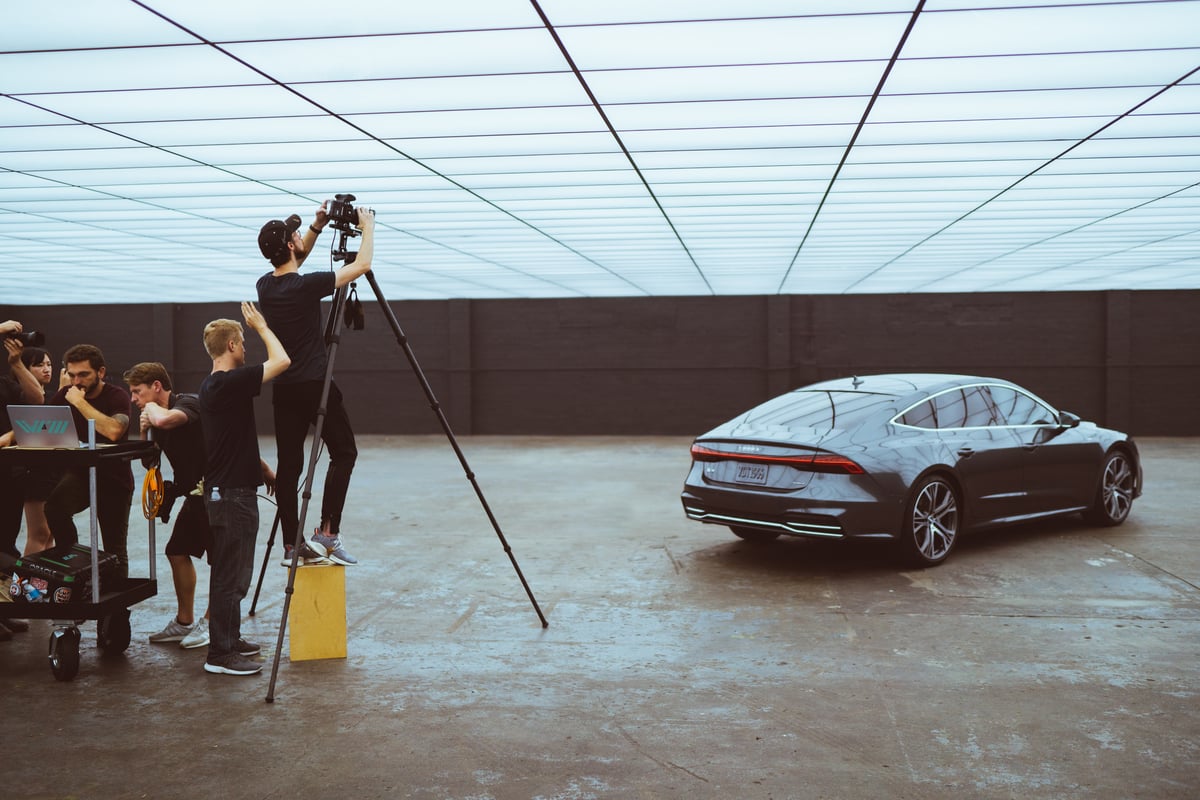
What advice would you give to anyone who is interested in starting in automotive photography?
Things have changed a lot since I started shooting, which was at the start of the digital era. Plenty was still done on film, retouching was outside most photographers core skillset, and websites like Youtube didn’t have a flush network of creative educators - this whole concept of online education for specialty techniques was nascent, and those techniques were heavily gatekept by folks in the industry protecting their own interests. At that time there was a higher demand to spend time innovating techniques, sorting out how to make rigging, reverse engineering post production techniques. But once you had sorted it all out, it got a little easier. In those days any advice I gave was about refining your technical abilities. And in a lot of ways that still holds true. There is a demand for technical self-sufficiency in the constituent fields of automotive photography. The more you can do by yourself, the more you can realize your creative vision without depending on an external support structure, the further you can go and the more freedom you have to be yourself. This means having a solid understanding of not just the camera but also the specialty tools (like drones and car rigging) as well as post production and the workflows which lead from one into the next.
Today however the landscape looks different and is far more saturated. On one hand that’s great for education, but on the other, if the idea behind all this is to differentiate yourself and make progress in the field, it can be a lot more challenging to find a route which looks original. And that kind of underscores the idea that technique is not a good substitute for having something to say in your work. Whatever your experience/opinion/voice ends up being, whatever its focus, it needs to be developed well enough and in a manner that it is identifiable as yours. So I think the best advice I could possibly give is to be yourself, and sort out what that means – what ideas you are trying to express through your photography. Having a distilled understanding of ideas developed through your own experience, things which you have internalized and meditated on, allows you to establish themes (whether they be concept or technique based) you can use in your work.
